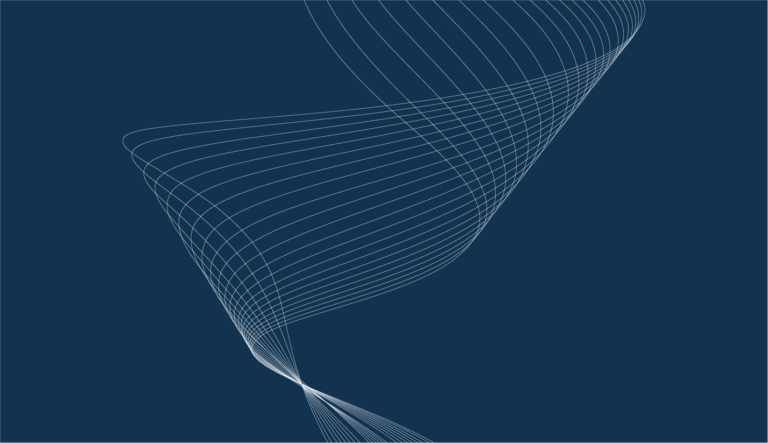
Remote Patient Monitoring
Nia Health is working with clinical partners to develop a fully comprehensive RPM (Remote Patient Monitoring) solution for patients with chronic skin conditions. The system combines AI-based analysis of heterogeneous health, behavioural and environmental data with expert medical knowledge. Continuously recorded data is continually evaluated and automatically transmitted to the attending physician if individually defined threshold values are exceeded. Thus, for the first time, a reactive adjustment of the treatment plan in dermatology is possible, independent of time and place.
Advantages of RPM systems from Nia Health
Advancement in quality of treatment
Development in individual health behaviour of patients
Improvement in efficiency of the entire therapy
Are you interested in a collaboration in the field of RPM?
Arrange a meeting with us now!
Remote Patient Monitoring - Background information
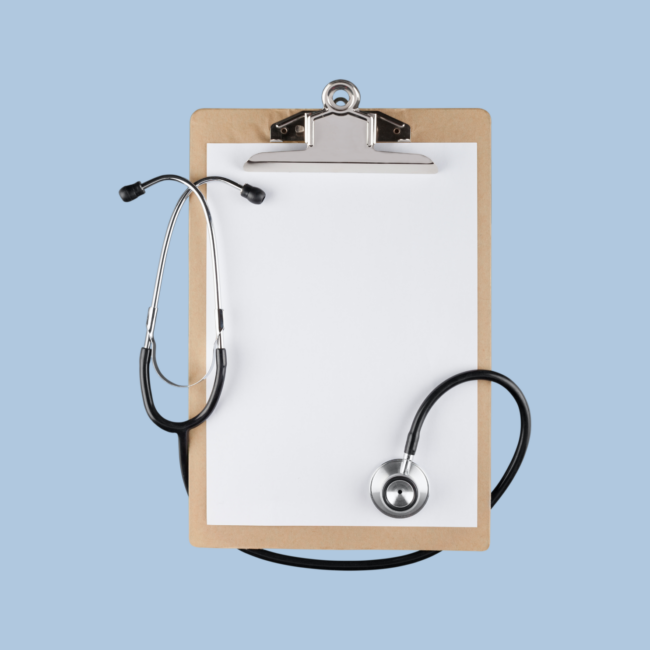
A doctor diagnoses atopic dermatitis during a personal visit to the clinic and discusses the treatment plan and further procedure with the patient using the RPM system from Nia Health.
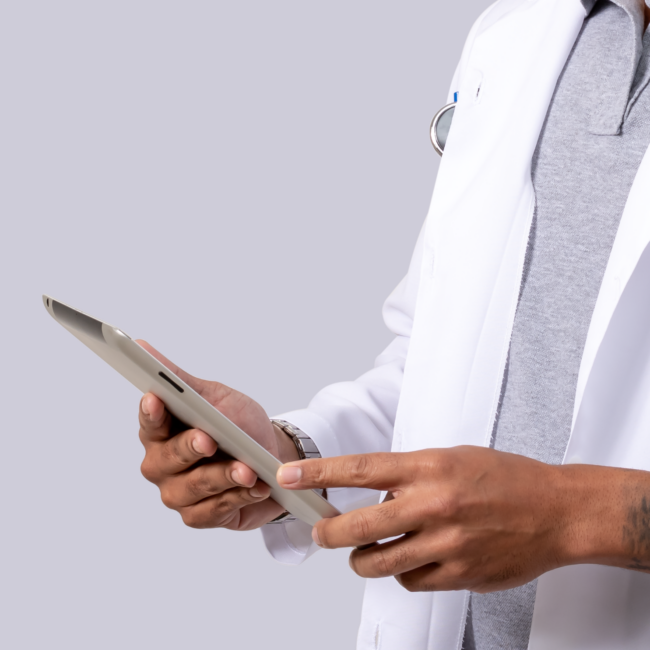
The doctor stores the individual treatment plan in the Nia Health RPM system and selects the relevant data collection for the patient from a catalogue.
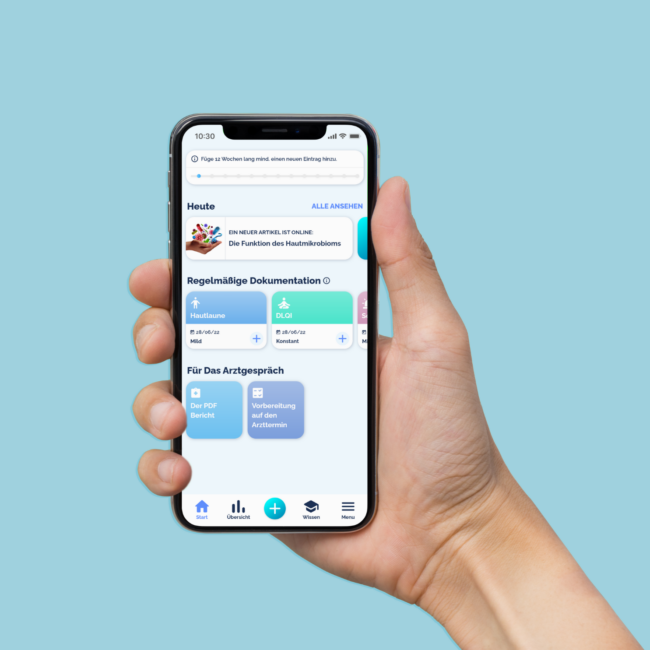
The patient uses the mobile application (Eczema App Nia) to obtain information about the disease and how to deal with it in accordance with the guidelines. By means of daily interactions, the Nia app accompanies the patient in their therapy, documents the use of medication and care products and collects data on the state of health and other influencing factors. By means of photo documentation, the patient can record the severity of the eczema over time. The collected data and a trend analysis are visualised on a dashboard.
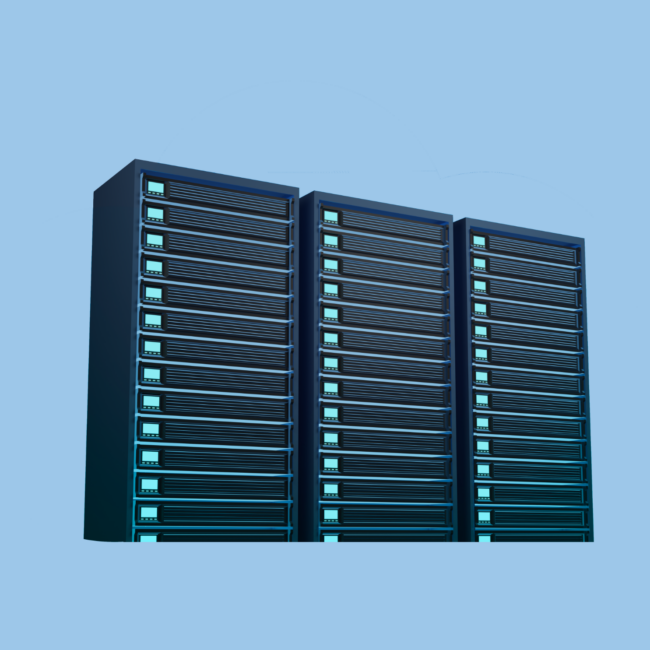
In parallel, the data is synchronised with the clinic system and automatically analysed.
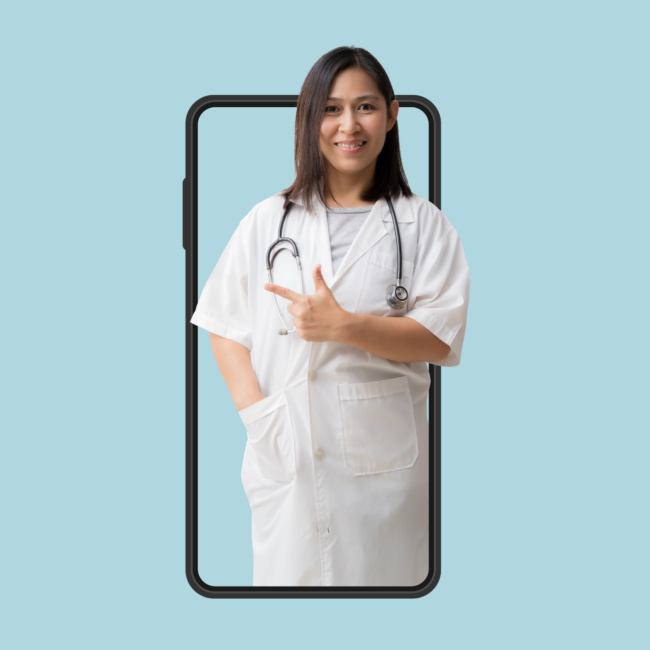
As soon as sufficient data is available to determine the patient's baseline quantitatively and qualitatively, the attending physician conducts a video consultation, discusses adjustments to the treatment plan
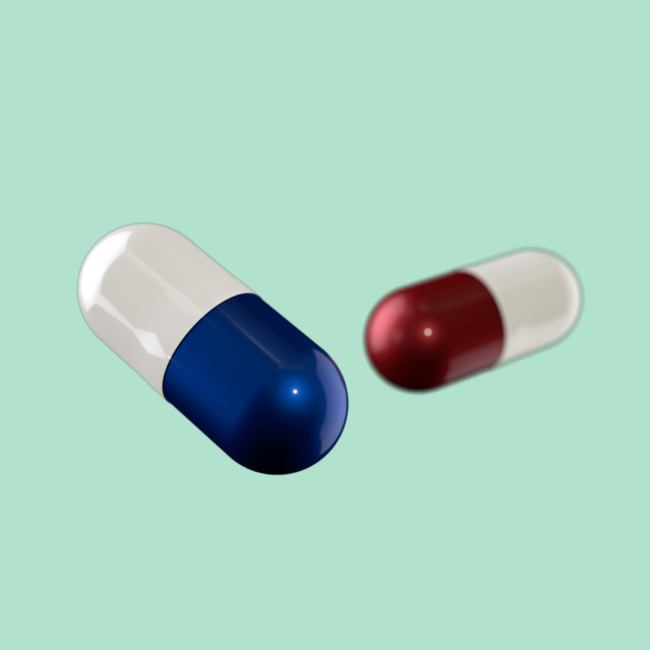
In the following week, there is a gradual deterioration in skin health. The doctor is automatically notified based on the previously defined thresholds and adjusts the treatment plan. The treatment plan is adjusted in real time and the patient is informed.
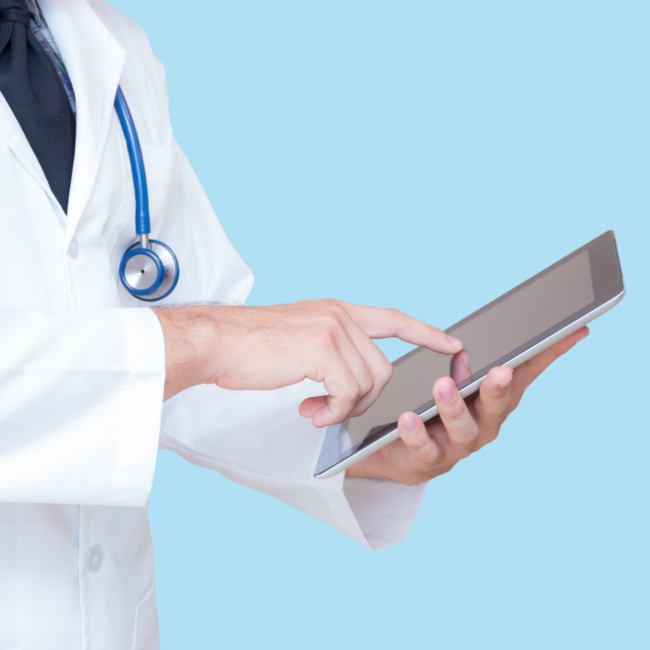
After two days, the skin health has improved and the doctor is automatically informed of the effectiveness of the intervention by the system.
Using modern and innovative technology to improve the quality of care for patients has great potential for the future.
Prof. Dr. med. Margitta Worm
Head of Allergology and Immunology Teaching Coordinator, Charité Universitätsmedizin Berlin
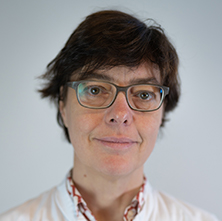
Special features of dermatology
Due to the visual perceptibility of eczema, commercially available smartphone cameras can be used for documentation in the RPM system to be developed instead of cost-intensive measuring devices. By means of appropriate algorithms, the image data are evaluated, filtered and pre-processed based on the scores used, so that an efficient assessment by the treating physician is possible without significant additional effort. A connection to the sensors of the smartphone for the determination of environmental influences such as temperature, humidity and pollen load as well as the evaluation of wearables for sleep tracking and for the determination of scratching movements and for the measurement of the skin condition complete the data set.
Procedural advantages in detail
Saves time for the doctor, as they do not have to transmit the guideline-compliant knowledge to the patient themself.
The patient's insight into their own health increases their health literacy, adherence and facilitates behavioural adjustments and proactive behaviour.
Active notification when individual thresholds are exceeded increases the quality of treatment through faster treatment adjustment.
Integration of data and asynchronous and synchronous communication interfaces improve health management within the clinic.

Are you interested in a collaboration in the field of RPM?
Arrange a meeting with us now!
Nia Health GmbH 2023


